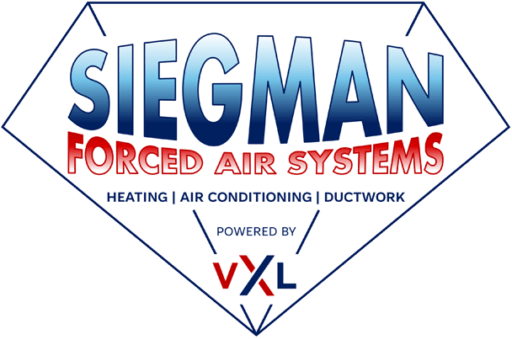The pollutants inside your home often exceed the amounts outdoors. Volatile organic compounds (VOCs), particulate matter, allergens, and carbon monoxide can impact your comfort and well-being. Here are four ways to identify threats to your home’s indoor air quality in Hanover, PA.
1. Determine the Sources of Indoor Pollution
The first step is to identify possible sources of indoor air pollution. The deteriorating indoor air quality in your home could be due to several factors. Consumer products, cleaning agents, and household appliances can emit toxic compounds.
Research shows that exposure to pollutants can trigger sick building syndrome (SBS). SBS is a condition where building occupants appear to experience acute discomforts such as sneezing and nausea, but there is no apparent illness causing the symptoms.
Appliances such as printers, computers, and other electronics in your home office can emit ozone. PVC floor coverings may release toxic compounds such as formaldehyde, styrene, and siloxane.
You can start by eliminating possible sources of pollution and removing the item should make symptoms disappear. The pollutants could also be from outdoor sources like an adjacent garage or a defective HVAC venting system. Consider consulting an indoor air specialist in Winder for an accurate assessment.
2. Evaluate Your Lifestyle and Daily Activities
Your lifestyle and daily activities can provide clues pointing to the source of pollution. For example, tasks involving burning combustion fuel like cooking contribute to high levels of particulate matter. According to researchers, the indoor particulate matter levels often exceed outdoor levels.
Exposure to particulate matter (PM) can have severe health effects for occupants with respiratory diseases. PM particles can cause congestive heart failure, COPD (chronic obstructive pulmonary disease), and other severe complications.
Indoor pollutants could also be from renovation activities like painting and finishing. Most paints and adhesives contain VOCs. You may experience shortness of breath, headaches, dizziness, and fatigue after exposure to VOCs.
It’s worth noting that some sources of VOCs can continue emitting pollutants long after the project’s completion. Storing too many paints and varnishes can increase the concentration of VOCs in your home.
You can control VOCs by checking the label for products with low quantities of VOCs. Also, store only the products you need to reduce exposure for other occupants in your household.
3. Consider Biological Pollutants and Their Health Effects
The other threat in your home is biological pollutants. Moisture saturation can create an environment for bacteria, viruses, and other forms of organic growth to thrive.
If your home has a humidity problem, the main factor could be your AC system. Your air conditioner can regulate humidity through the evaporator coils.
The evaporator coil absorbs heat from the warm air, allowing the moisture to condense. The system channels the water droplets to the drain pan and eventually outside your home. If your air conditioner is inefficient, it may not regulate humidity effectively.
Therefore, routine inspection of your AC can help prevent indoor air pollution. You may also want to consider a dehumidifier to enhance your comfort in humid spring weather.
4. Check the Building’s Ventilation and Airflow
The U.S. Environmental Protection Agency recommends enhancing ventilation to boost indoor air quality. It dilutes contaminants and reduces pollutant levels. Airflow facilitates temperature and humidity control in the building.
You can increase ventilation by opening windows and doors or running windows and attic fans. Airflow is critical when painting, cooking, soldering, or welding. The continuous supply of fresh air will minimize exposure for your family.
You should also reconsider scented products like incense or aerosol sprays. Some manufacturers may include a notice on the label. Therefore, check if the tag has a “use in a ventilated area” warning before using the paints or deodorizers.
The most crucial step to enhancing indoor air quality is pinpointing sources of pollution in the building. Also, ensure that your AC is working efficiently to regulate humidity and temperatures to reduce contaminants. Contact Siegman Forced Air Systems, Inc. for quality AC services at competitive rates.

